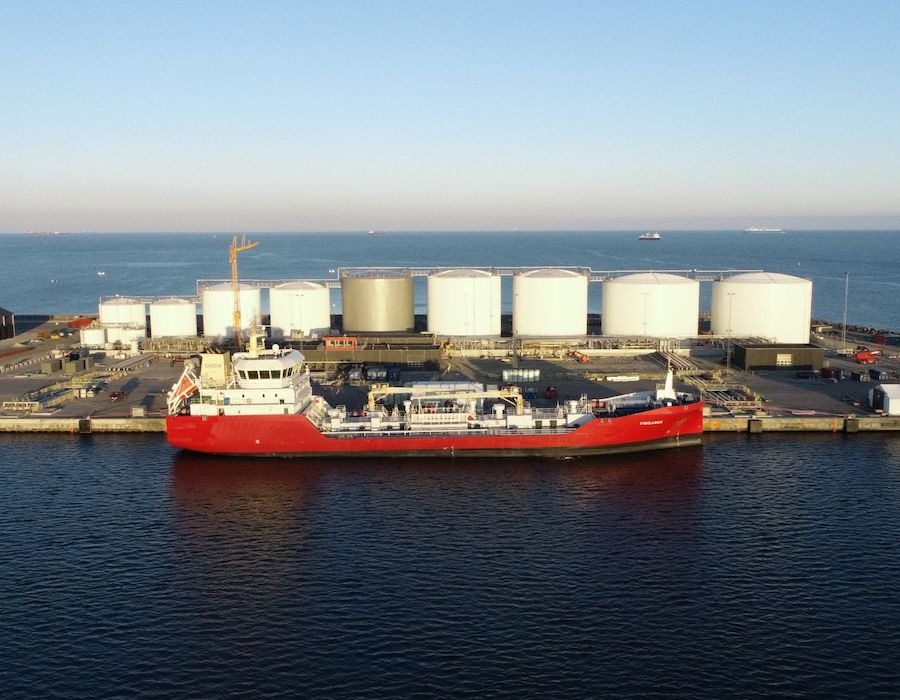What are the most important properties of marine lubricants? Here are some important considerations: Flashpoint, polarity, film strength, Hydrodynamic lubrication, and load-carrying capacity. Once you understand these properties, you’ll be able to select the right marine lubricant for your needs. These properties are essential for the smooth operation of your vessel’s engine and its components.
Flashpoint
The Flashpoint of Marine Liquids (FML) is an IMO standard for fuel oil, kerosene, and other marine lubricants. Ideally, these standards are equivalent to those for petroleum fuels and should be applied to all marine vessels. However, modern technologies have lowered the Flashpoint of Marine Liquids (FML) and are more appropriate for maritime use.
Polarity
One important feature of a marine lubricant is its polarity. Oils and water have different polarities, and therefore the polarity of a lubricant determines its mechanical properties. The higher the polarity, the stronger the adhesion and protection of the surfaces. Low polarity will increase friction and wear. High polarity will enhance the lubricant’s penetration and stickiness. This property is crucial in wire ropes, chains and cables. There are many reasons that lubricants may fail, and a structured oil analysis program is essential to protecting equipment and systems.
Film strength
One of the most critical properties of marine lubricants is film strength. It is strongly influenced by the base stock and additives used in lubricants. This article will discuss the factors that influence film strength and explain why it is important. The film’s thickness is defined as the ability of the lubricant to separate two metal surfaces. Factors affecting film thickness include relative velocities and base oil viscosity.
Hydrodynamic lubrication
Marine lubricants with hydrodynamic lubrication are characterized by their low coefficient of friction (COF) of 0.001 or less. They also cause little to no wear between moving parts. In hydrodynamic lubrication, oil is heated by frictional forces, which reduces the lubricant’s viscosity. A hydrodynamic lubricant must be formulated with additives that decrease its temperature dependence for maximum performance.
Oxidation resistance
Oxidation resistance is a measure of the oil’s ability to resist oxidation. The oxidation rate decreases with temperature and is determined by the base oil and additive package. Some synthetics exhibit better oxidation resistance than mineral oils and are more resistant to higher temperatures. As a general rule, oxidation reduces the service life of the oil by half for every 10 degrees C (18 degrees F) increase in temperature. This rate is known as the Arrhenius rate rule, and it is important to remember this fact when choosing marine lubricants.
